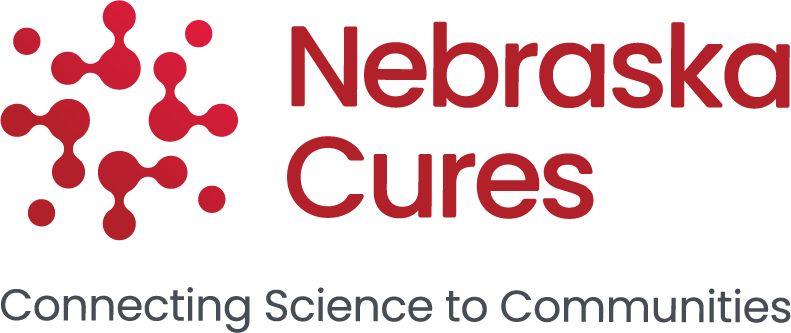In our last newsletter I wrote about the rapid advances related to induced pluripotent stem cells (iPSC). This month I want to briefly look at the domain of clinical trials. Trials are ongoing in two areas: spinal cord injury and a well-publicized set of trials treating various forms of macular degeneration in the retina. Although spinal cord injury trials were initiated by Geron in 2010, they were suspended when the company changed research directions. After acquisition by another biotech company, the outcome of the trial was recently reported by Asterias Biotherapeutics. There were no adverse treatment related effects in patients treated in three medical centers in the U.S. in the two to three years since administration of the hESC derived oligodendrocyte progenitor cells. Patients will be followed for at least 15 years. In the retinal trials, the early results in both the U.S. and U.K. have been described as “encouraging” with “improved visual acuity” (Schwartz et al, The Lancet, 2012). Though still in early Phase I/II trials, some patients have recovered significant vision after the transplantation of retinal pigment epithelium cells derived from an embryonic stem cell (ESC) line and show no signs of rejection or other complications. The slow progress in embryonic stem cell breakthroughs stands in contrast to the early hype for “cures” from these cells and is often the target of critics even though the knowledge gained and interest generated by ESC have led to major new efforts with adult and neural stem cell sources. Indeed, the progress with these cell sources has been remarkable. In a recent survey of the 82 “therapy development projects” supported by the California Institute of Regenerative Medicine (CIRM), only about half a dozen are focused on ESC while the great majority use iPSC, neural stem cells, mesenchymal stem cells (MSC) or other adult stem cell sources (CIRM, Progress Toward Therapies, 2013). For example, at UNMC, Dr. Pierre Fayad is participating in a registered clinical trial testing the ability of an adult stem cell product to treat stroke patients (Fayad, UNMC Today, 2013). In a number of locations around the world, including in the U.S., FDA approved studies with neural stem cells for spinal cord injury and other central nervous system problems were initiated in just this past year (Willyard, Nature – Stem Cells, Nov 2013). Another significant funding agency, the New York Stem Cell Foundation, has recently released a summary of their progress in stem cell research, again, mostly with non-ESC sources (http://www.nyscf.org). It is remarkable how the knowledge gained from ESC research has supported and stimulated research with all forms of stem cells. The future for all forms of stem cell therapy is unfolding before us. Finally, I want to thank all of our members for your continuing support of the mission of the Coalition – which is to promote, support and advocate research to advance our quality of life and economy.
